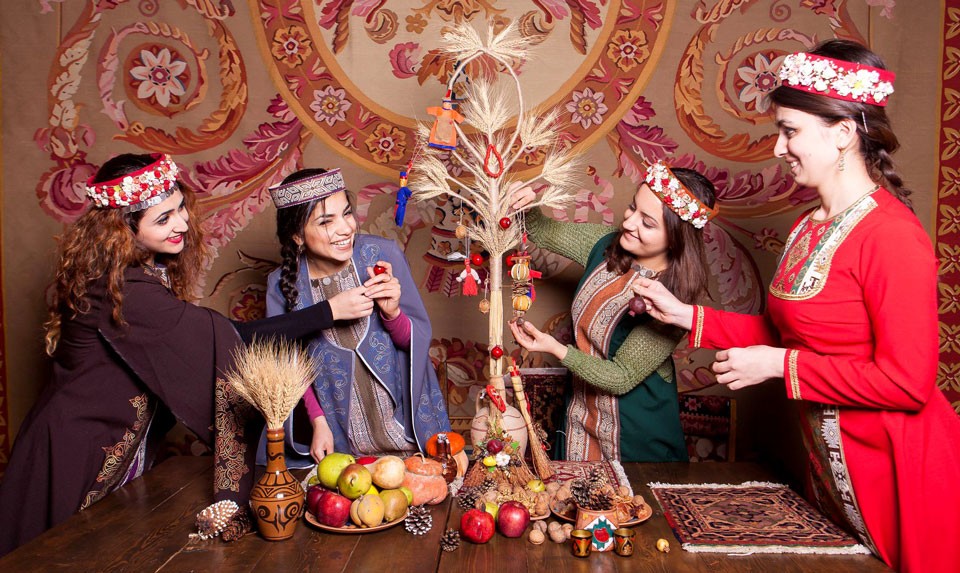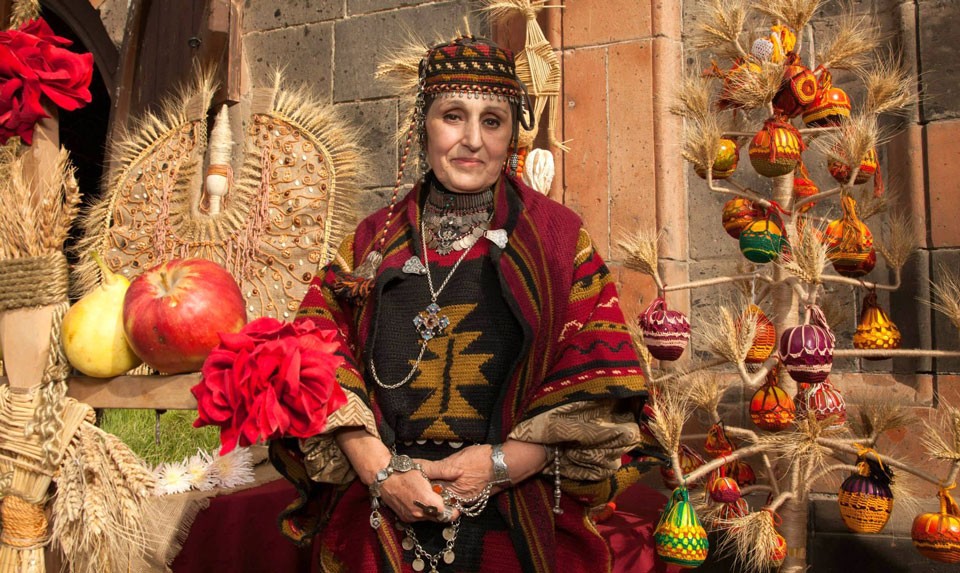How The Armenians Used To Celebrate The New Year In The Past
For the Armenians, the New Year was not a holiday of gluttony. It rather resembled a ritual in which each element of the holiday had its own semantic meaning.
In the old days, instead of the pine tree, there was a home-made tree, and instead of the toys - fruits and sweets. Grandmothers baked "Tarehats" bread, and grandfathers made the main decoration of the holiday.
On the eve of the holiday, the eldest woman in the house baked "Tarehats" (Bread of the Year) with a penny in it. Bun-dolls were made from the same dough for each member of the family. It was on these buns that they read the future after they were baked.
If during baking the dough was blown away, a rich bun was obtained. This meant that the one in whose honor the figurine was made was lucky: if a female doll was inflated in the abdomen, then this was to replenish the family, if an arm or head fell off, then this was a sign of bad luck or illness. These buns were called Asilik and Vasilik.
Also, the Armenians dressed up the symbol of the holiday - but not an ordinary green Christmas tree, but a symbolic tree made from natural branches. The head of the family, together with his sons, made a tree, which was decorated with red and green ribbons and all kinds of fruits and sweets available in the house. It was important that the tree was decorated with ears of corn and pomegranates, as they symbolized prosperity and the unity of the hearth.
In pagan times, the Armenians had a cult of wood, and it gradually passed into Christian culture. The red ribbon on the tree symbolized the Sun, and the green one symbolized Nature. Almost all elements of the decoration were round, which symbolized eternity and life. It was especially important that everything be bright and beautiful.
In Western Armenia, there was a tradition of painting faience eggs. The angels Seraphim and Cherubim were painted on them, they were presented to churches in memory of the departed. They are considered the prototypes of Faberge eggs.
And in Eastern Armenia there was a tradition called “Kahuka” (or “Gotekah”, “Chlolunk”). On New Year's Eve, young people took bundles or baskets with them and lowered them through the chimney, congratulating family members with songs and wishes. The senior lady of the house was obliged to fill the baskets with fruits and sweets.
In the old days, the head of the family raised the first glass, blessed the table, congratulating the family on the New Year, and offered everyone to taste honey so that there would be many sweet days in the upcoming new year. And the girls threw a piece of "Tarehats" into the water or kindled a fire, putting on fire all the bad things of the past year.


